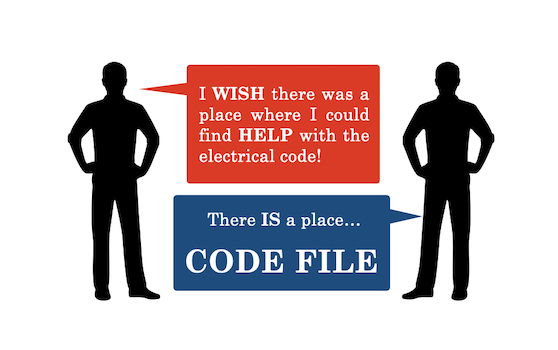
Features
Articles
Code File
Codes & Standards
Electricity and water do not mix • Code File, May 2021
June 10, 2021 | By Nansy Hanna, P.Eng.
Sadly, we continue to see incidents related to electricity and water.

June 10, 2021 – Well, this is a fact everyone knows but, sadly, we continue to see incidents related to electricity and water.
In December 2016, CSA Group—in partnership with the National Research Council of Canada—launched a new initiative to incorporate strategies for addressing climate change into both existing and new standards and codes. The results are intended to assist in future infrastructure design to withstand frequent and severe weather events (e.g. heavy rains, flooding), and help ensure the safety and well-being of Canadians.
The efforts of this working group have resulted in numerous changes and updates to our standards. The 2021 Canadian Electrical Code, for example, contains several new rules to address flooding:
Definitions for Flood hazard zone and Flood elevations were added to Section 0.
• Flood hazard zone is a spatially delineated area, designated in accordance with the National Building Code of Canada or applicable local legislation, as being subjected to a flood hazard.
• Flood elevation is the elevation of surface water resulting from a flood event designated in accordance with the National Building Code of Canada or applicable local legislation.
A Rule in Section 6 requires that the main service not be located below the flood elevation level. This provision allows for the safe disconnection of electricity when required.
A Rule in Section 26 requires ground fault protection for branch circuits below ground level in flood hazard zones. This requirement contributes to increased electrical safety in buildings by providing a means for automatic deenergization of circuits that are most prone to flood damage.
Another Rule in Section 26 requires receptacles feeding sump pumps for buildings located in a flood hazard zone to be located above the flood elevation, or be suitable for submersion. This new Rule intends to increase the ability of sump pumps to operate during flood events, which can help keep building occupants safe and reduce damage to property.
These rules in the 2021 CE Code aim to make new electrical installations safer and more robust when subjected to flooding.
Without first performing a proper evaluation and taking necessary actions, electrical wiring and equipment that has been exposed to water can be extremely hazardous when reenergized. As such, a new Rule in Section 2 requires electrical equipment that has been exposed to the ingress of water to be evaluated by an organization acceptable to your Authority Having Jurisdiction. This will confirm whether the equipment is safe, and can be placed back into service.
While the National Building Code of Canada may not currently designate flood hazard zones or flood elevations, the 2021 CE Code definitions do reference local legislation. For these new rules to be effective in reducing the electric hazards related with flooding, local building officials would need to designate flood zones and flood elevations, if not already designated.

Nansy Hanna, P.Eng., is senior director, Engineering & Regulations, at Ontario’s Electrical Safety Authority (ESA). She is also chair of the Canadian Advisory Council on Electrical Safety (CACES) and a member of the ULC Advisory Council, CSA Technical Committee on Industrial, Consumer and Commercial Products and CSA CE Code-Part I, Sections 24, 32, and 46. She can be reached at nansy.hanna@electricalsafety.on.ca.
This column—along with other great content—appears in the May 2021 edition of Electrical Business Magazine. Even more back issues are located in our Digital Archive.
Print this page